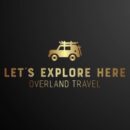Spain / Reino de España – Let’s explore here
What’s it like in Spain?
Spain is a beautiful country, with a rich history that has influenced much of the world. In the north of the country the climate is much wetter and thus the terrain is far more lush than elsewhere. The country is very diverse, with a huge variety of landscapes, and there are endless amazing sights. With stunning Mediterranean beaches, year round sun, and amazing food – it’s no wonder that it’s one of the most visited places on the planet. You can even apply to stay and work for an extended time as a digital nomad.
About twice the size of the UK, Spain shares its land borders with Andorra, France, Morocco, Portugal and the UK (Gibraltar). Its population is around 49 million (2024), but due to its colonial history, Spanish is the world’s second-most spoken native language in the world.
Spain consists of numerous mountain ranges and high plateaus. The highest point on the mainland is Mount Mulhacén in the south of the country, near to Granada, at 11,424 ft (3,482m) above sea level. Spain also has eleven islands: Tenerife, Gran Canaria, Lanzarote, Fuerteventura, La Palma, La Gomera and El Hierro in the Canaries and Mallorca, Ibiza, Menorca and Formentera in the Balearics. Mount Teide, on Tenerife, is the third tallest volcano in the world – at 12,188 ft (3,715m) above sea level, it’s the highest point in Spain overall.
Spain also has an enclave just over the border in France, called Llívia. When borders were established in the 17th century, all the Spanish villages became part of France, however Llívia was a town and thus was exempt.


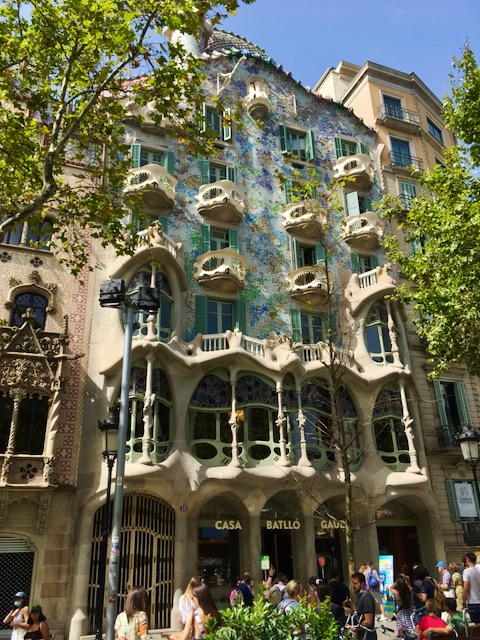
A bit about the history of Spain
Ancient and Medieval Periods
The history of Spain dates back to ancient times when the Iberian Peninsula was inhabited by various cultures, including the Iberians, Celts and Phoenicians. The Romans conquered much of the peninsula in the 2nd century BC, integrating it into the Roman Empire as Hispania. Following the fall of Rome in the 5th century, the Visigoths established a kingdom in the region, which lasted until the early 8th century.
Moorish Period and the Reconquista
In 711 AD, the Moors, Muslim forces from northern Africa, invaded the Iberian Peninsula, quickly capturing most of it and establishing Al-Andalus, an Islamic state. Over the next several centuries, Christian kingdoms in the northern part of the peninsula gradually expanded their territories in what became known as the Reconquista. This effort culminated in 1492 with the capture of Granada, the last Muslim stronghold, and the completion of the Reconquista.
The Spanish Empire and Golden Age
The late 15th century marked the beginning of Spain’s rise as a global power. In 1492, Queen Isabella I of Castile and King Ferdinand II of Aragon unified Spain through marriage and sponsored Christopher Columbus’ voyage, leading to the discovery of the Americas. This ushered in the Spanish Empire, which became one of the largest empires in history, spanning across Europe, the Americas, Asia and Africa.
The 16th and 17th centuries are often referred to as Spain’s Golden Age, marked by great wealth from colonial holdings, a flourishing of arts and culture, and the dominance of the Spanish Habsburg dynasty. However, by the late 17th century, the empire began to experience economic decline due to wars, political instability, and the depletion of resources.
Wars and Decline
The 18th century saw the decline of Spain’s global influence. The War of Spanish Succession (1701-1714) ended with the Treaty of Utrecht, which reduced Spain’s territorial holdings in Europe and established the Bourbon dynasty. The century also witnessed internal unrest and economic challenges, though Spain remained a significant European power.
In the 19th century, Spain faced instability due to the Napoleonic Wars. In 1808, Napoleon invaded Spain, leading to the Peninsular War. Following Napoleon’s defeat, Spain struggled with internal divisions, including the Spanish American Wars of Independence (1810-1825), during which most of Spain’s colonies in the Americas gained independence.
The Spanish Civil War and Francoist Spain
The early 20th century was marked by political instability and economic struggles. In 1936, a military coup led by Francisco Franco sparked the Spanish Civil War, a brutal conflict between the Republicans and Nationalists. Franco’s forces won, and he ruled Spain as a dictator until his death in 1975. Under Franco, Spain was politically repressed, and the country remained isolated from much of Europe.
Transition to Democracy
After Franco’s death, Spain transitioned to democracy with the approval of a new constitution in 1978. King Juan Carlos I, who had been appointed by Franco, played a key role in guiding the country toward democratic rule. The Spanish Constitution of 1978 established a parliamentary monarchy and helped Spain join the European community of nations.
Modern Spain
Since the 1980s, Spain has undergone significant political, social, and economic changes. It became a member of the European Union in 1986, and its economy grew rapidly during the 1990s and early 2000s, particularly in tourism, construction, and industry. However, Spain was hit hard by the global financial crisis of 2008, which led to high unemployment and economic reforms. Spain remains a constitutional monarchy with a parliamentary democracy. It is known for its rich cultural heritage, including contributions to art, music, literature and architecture, and continues to play an influential role in European and global affairs.

Spain road trip
Our Spanish road trip was part of a much larger European road trip.
For our Spanish road trip we travelled from France, along the northern coast of fantastic Spain, before heading onto Portugal. We’d never been to northern Spain before, and didn’t realise just how different it is to the rest of Spain. Nor did we realise just how beautiful and lush it is. It immediately became our favourite area of Spain, it’s Superb! We’ve detailed more about some of the amazing places further down this page.
The journey really improved our knowledge of this intriguing and beautiful country, and enabled us to meet some interesting people.
After Portugal, we had hoped to travel back up to Andorra. However we were robbed in Lisbon, and so had to make our way back to the UK to get new documentation. On our return journey we missed the opportunity to explore more of central and southern Spain, which we’ll continue next time.
On our return journey, we did however also visit Llívia, an enclave of Spain, just over the border in France.
Map of our planned road trip through Spain

Our planned Spanish road trip would take us via Bilbao – Santander – San Vicente de la Barquera – Picos de Europa National Park – Parque Natural de Redes – Lakes of Covadonga – Cudillero – Oviedo – Parque Natural Las Ubiñas-La Mesa – Somiedo Natural Park – As Catedrais beach – Santiago de Compostela
After travelling through Portugal, the route then take us to Seville – Arcos de la Frontera – Cadiz – Punta de Tarifa – Gibraltar – Ronda – Malaga – Nerja – Cabo de Gata National Park – Cordoba – Granada – Sierra Nevada – Madrid – Bardenas Reales – El Rallon – Pamplona – Andorra – Llívia.
Map of our first road trip through Spain
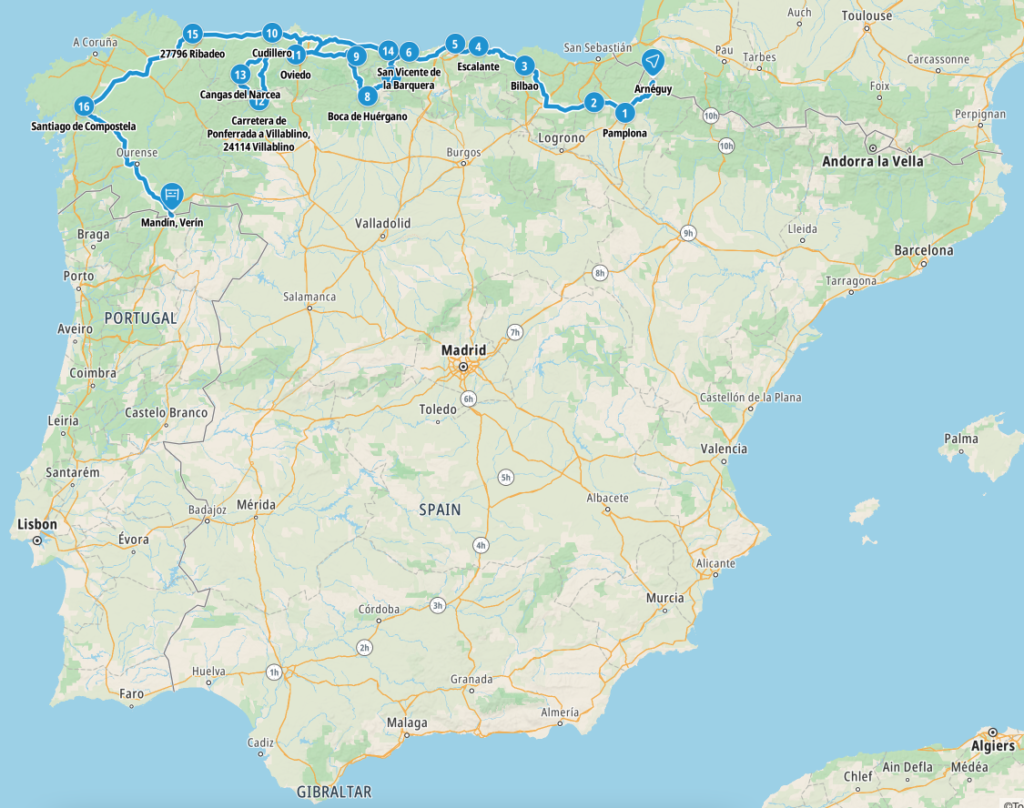
This is a map of our actual road trip through Spain.
Our route took us from Arnéguy – Pamplona – Arbizu – Bilbao – Escalante – Santander – San Vicente de la Barquera – Picos de Europa National Park – Parque Natural de Redes – Lakes of Covadonga – Cudillero – Oviedo – Parque Natural Las Ubiñas-La Mesa – Somiedo Natural Park – Vidiago – As Catedrais beach – Santiago de Compostela – Mandín
Map of our second road trip through Spain
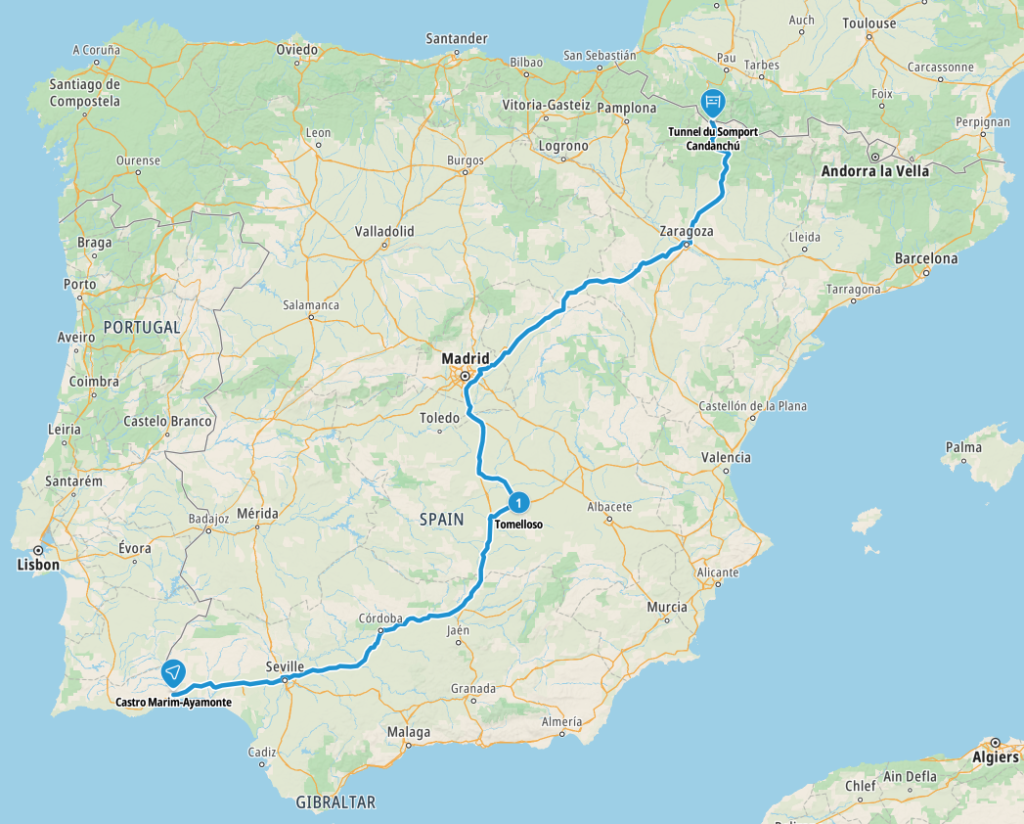
This is a map of our actual road trip through Spain.
Our route took us from Castro Marim-Ayamonte – Tomelloso – Tunnel du Somport Candanchú
Our favourite places in Spain
These are some of the best places that we explored on our road trip through Spain. We’ve put them in alphabetical order.
Aragon
Back in the ninth century Aragon used to be a kingdom in north eastern Spain, bordering the Pyrenees and France. Today it is a beautiful and very diverse region of Spain, the capital of which is Zaragoza.
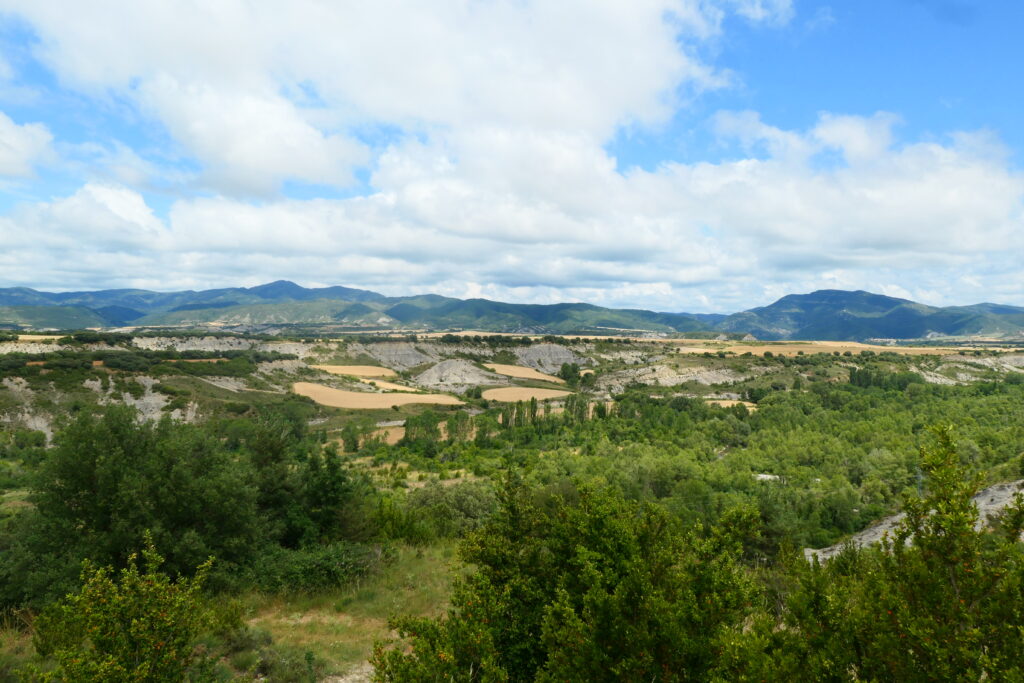
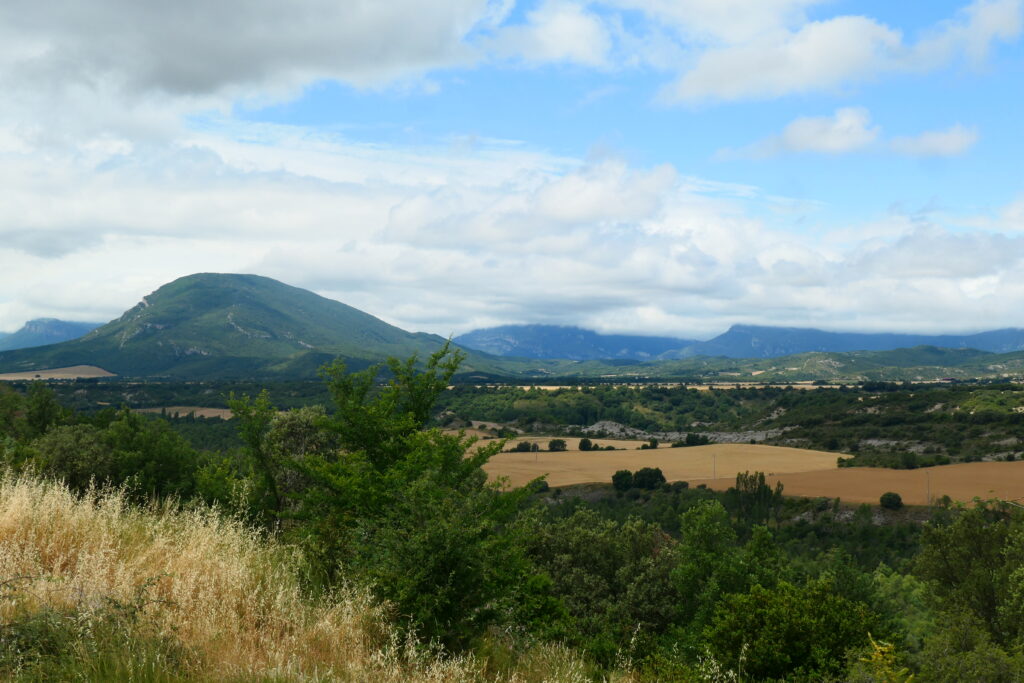
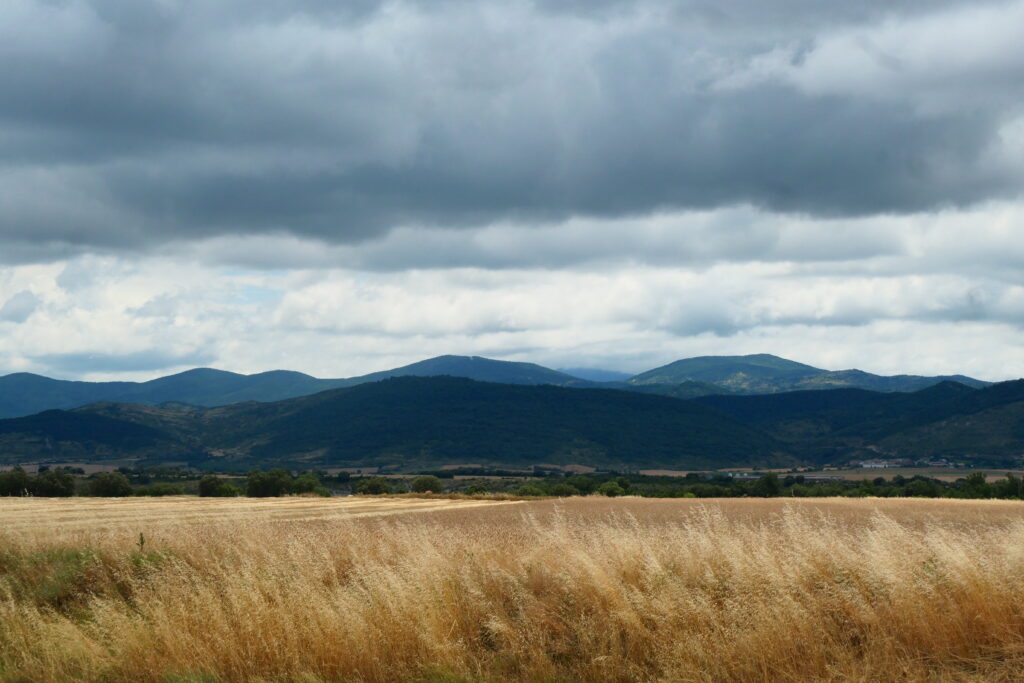
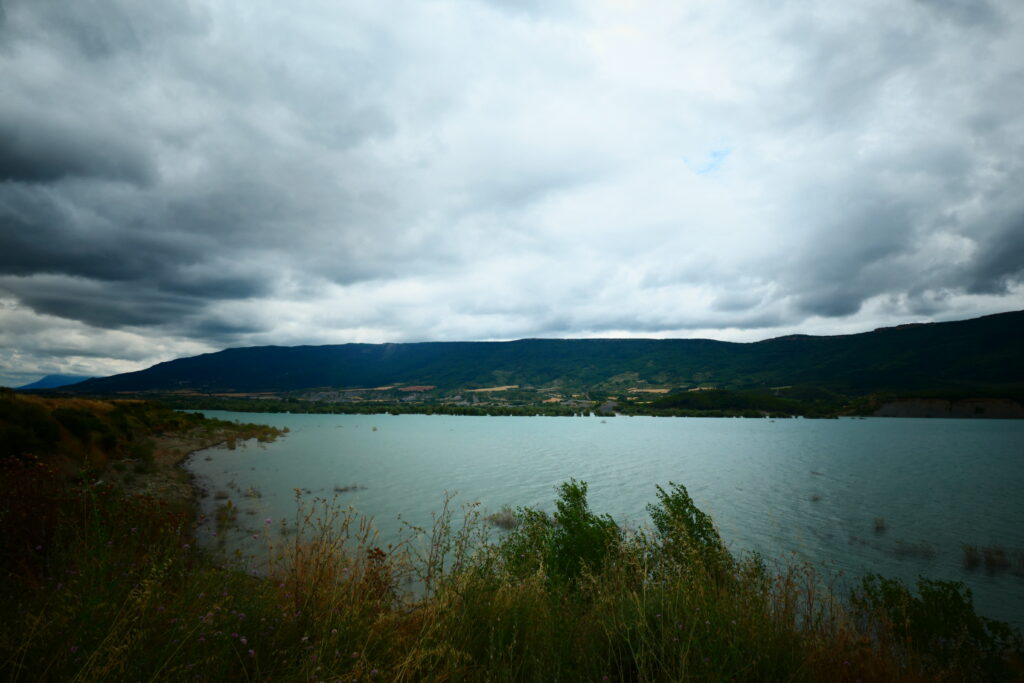
As Catedrais beach
The As Catedrais beach is located in Galicia, on the north west coast of Spain. The beach is composed of natural arches and caves, which can be seen only at low tide.
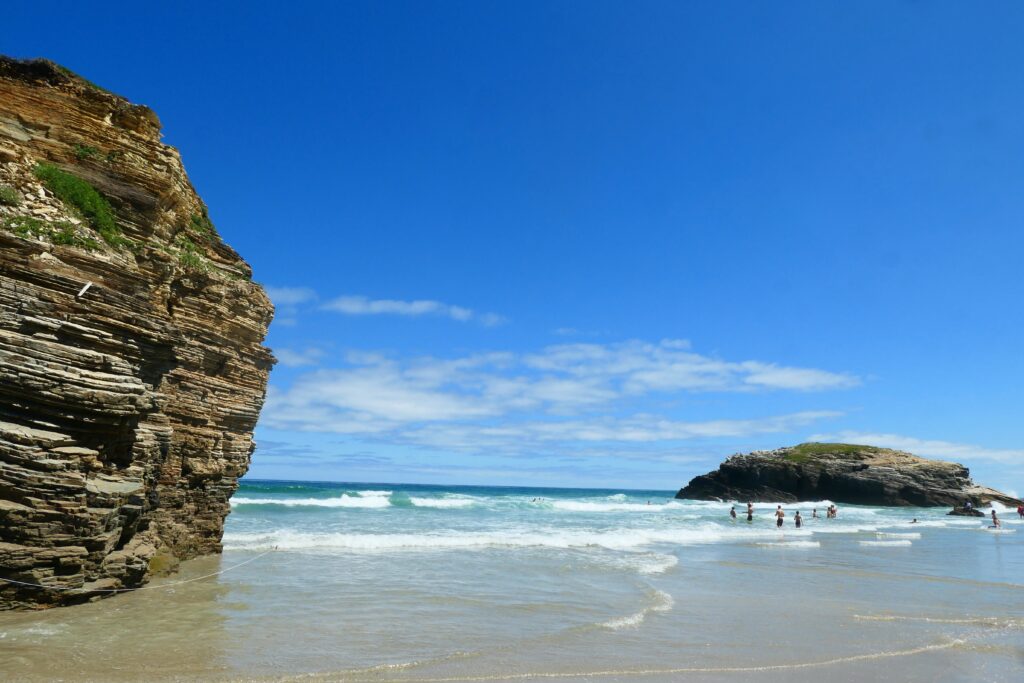
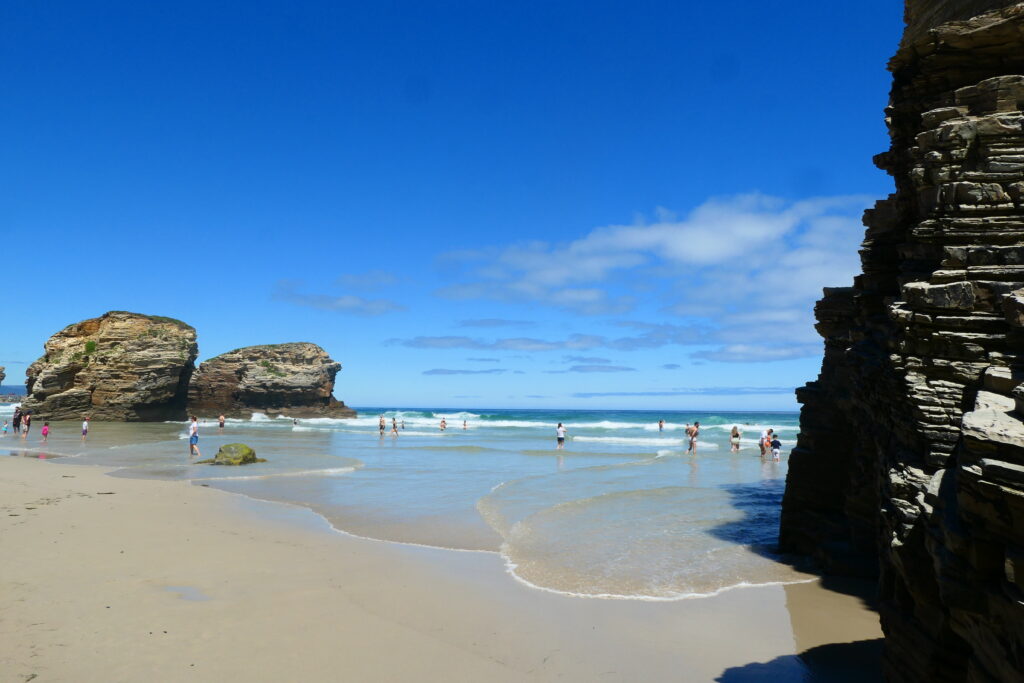

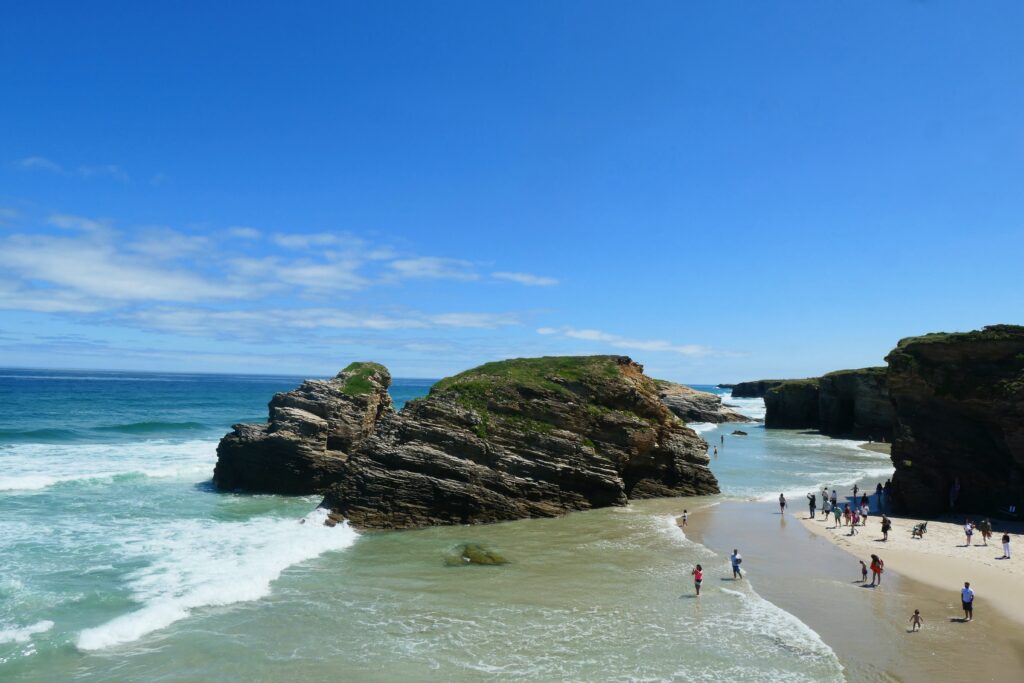
Bilbao
Bilbao is a lovely city in northern Spain that houses the magnificent Guggenheim Museum. It’s surrounded by woodland covered low mountains that provide a lovely backdrop to the city, whilst also keeping it far cooler, and wetter, than most of Spain.

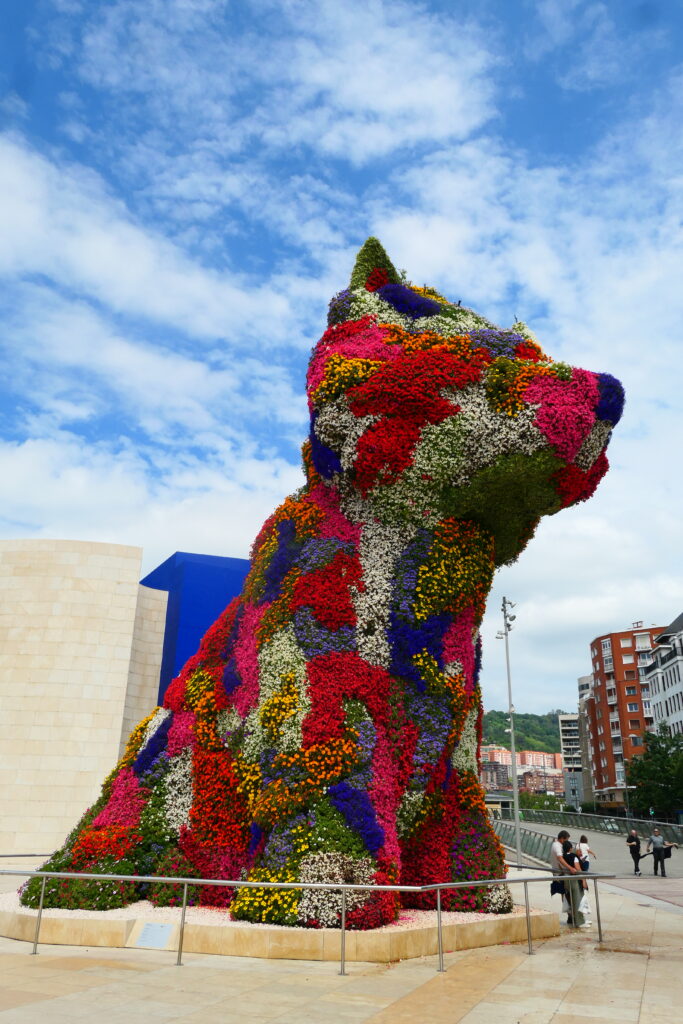
outside the Guggenheim Museum
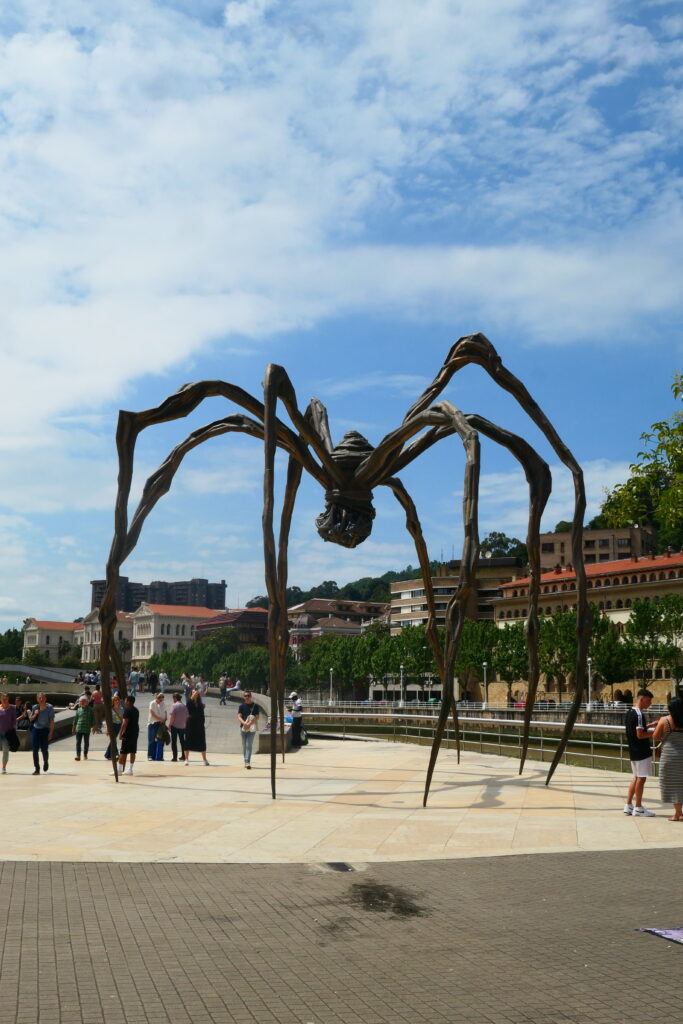
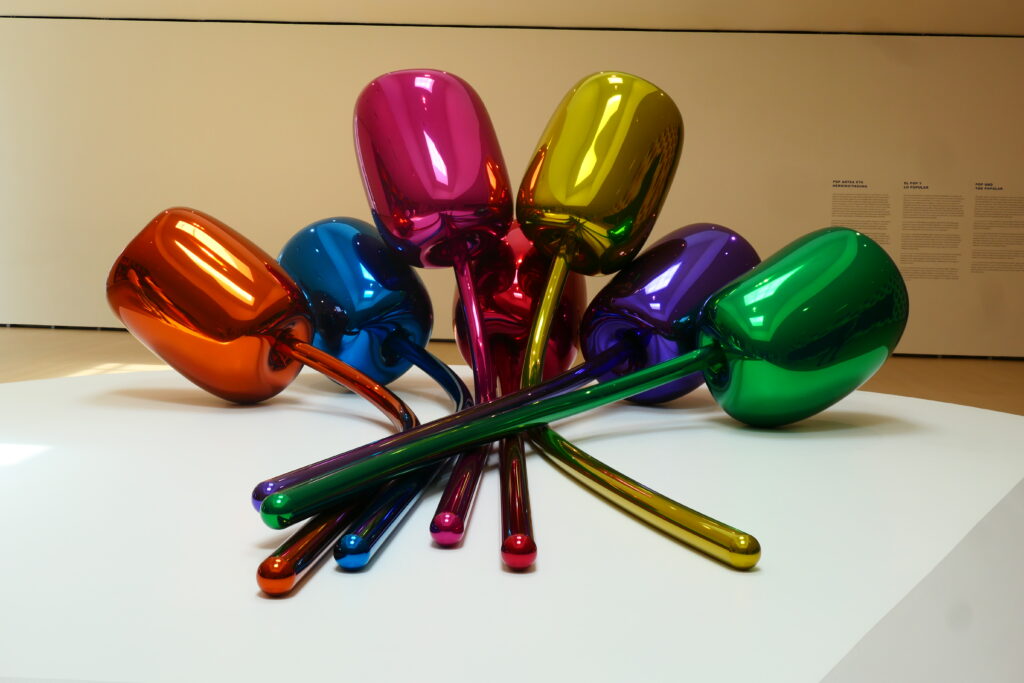
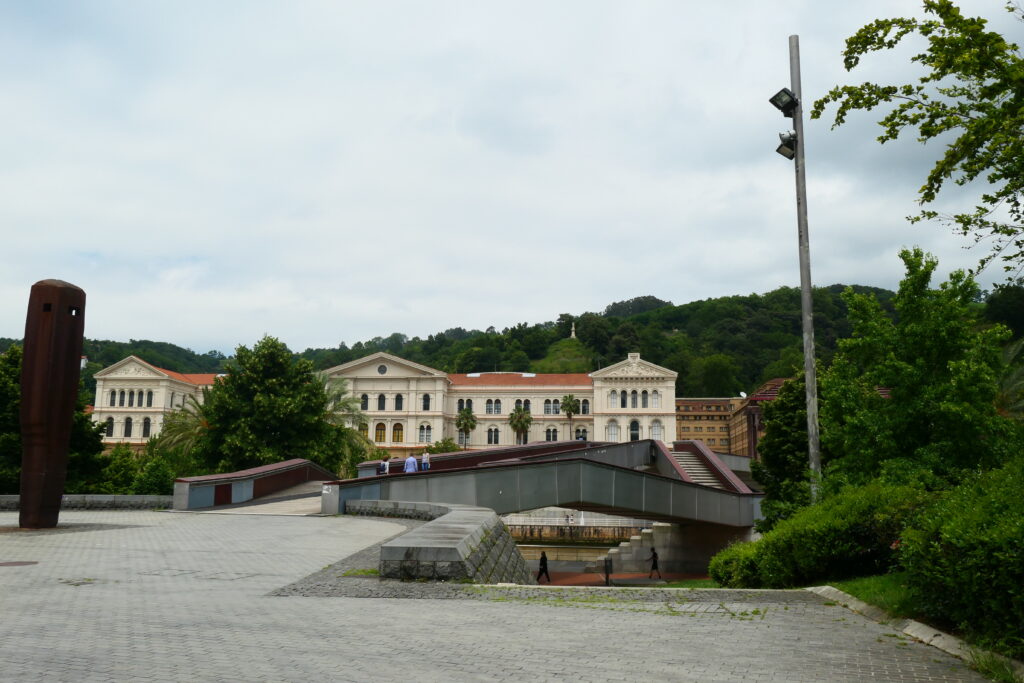
Cudillero
Cudillero is a beautiful, very touristy village on the north coast of Spain in Asturias. There is a large car park a short distance away from the village, as the village has been pedestrianised.

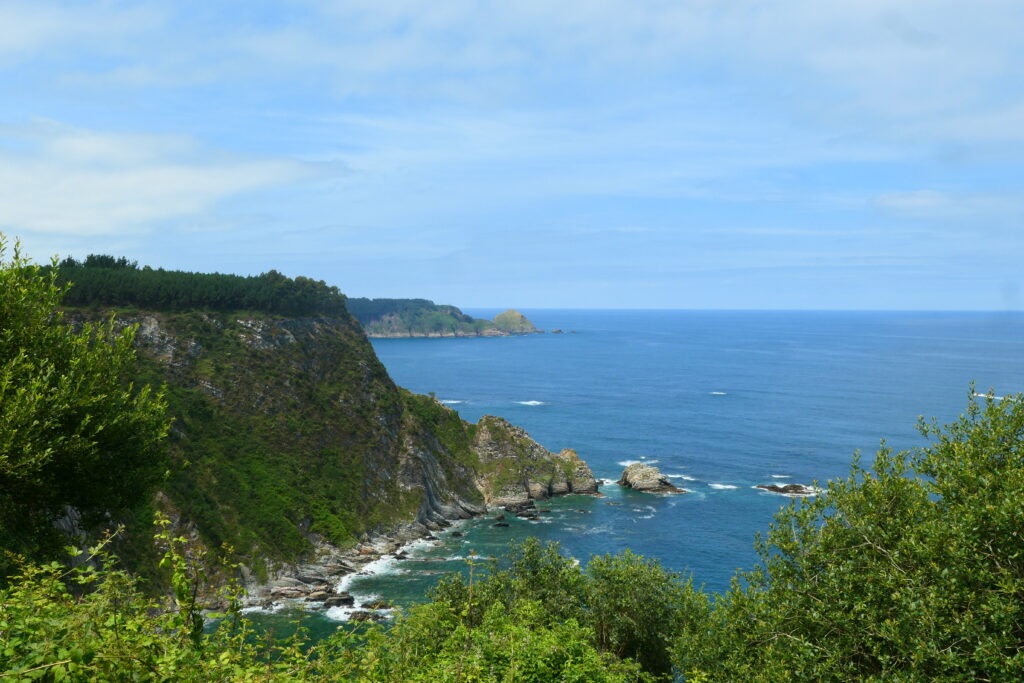
Llívia
Spain also has an enclave just over the border in France, called Llívia. When borders were established in the 17th century, all the Spanish villages became part of France, however Llívia was a town and thus was exempt. There a mile long road connecting it to Spain, which has been quite controversial over the years, resulting in the French government changing the priority rules of the crossing, so the oncoming road had to yield!
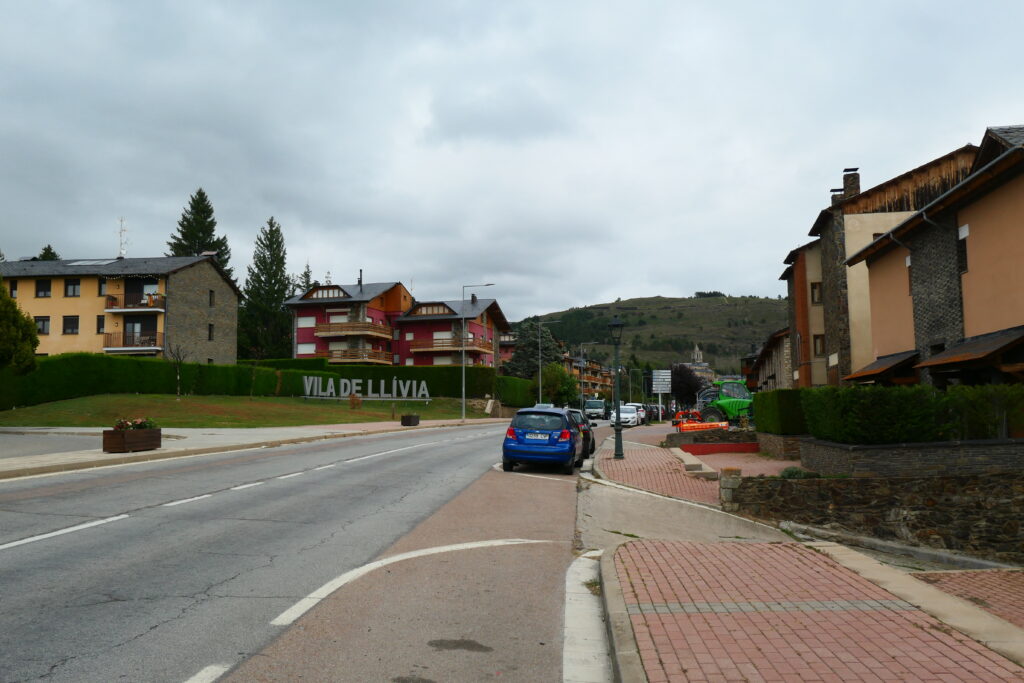
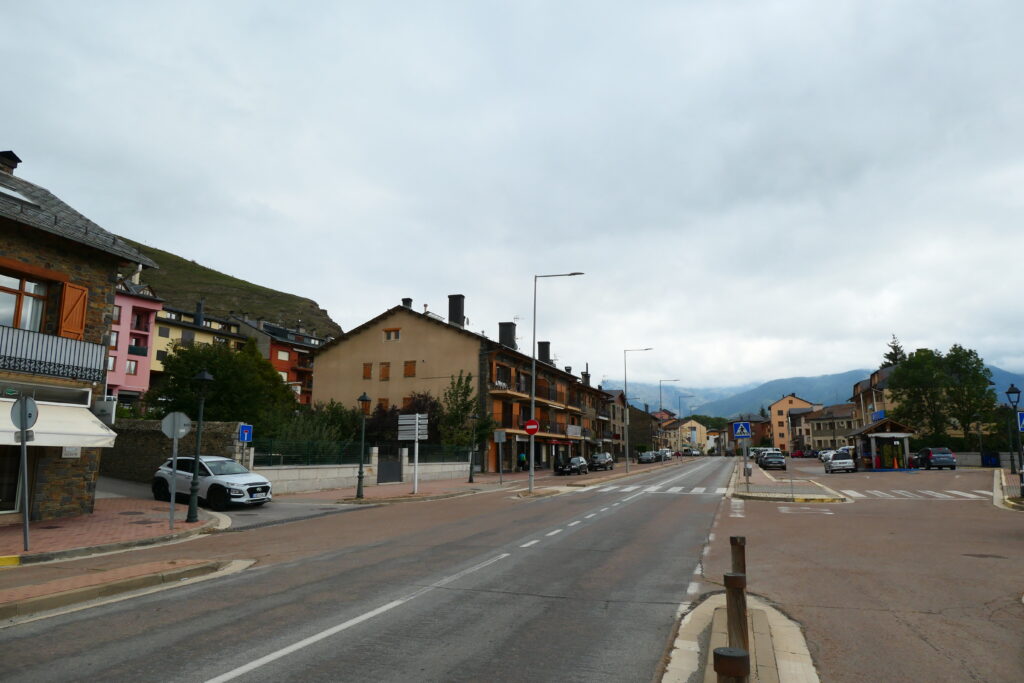
Montaña de Riaño y Mampodre
The Montaña de Riaño y Mampodre is a stunningly beautiful national park in Leon in northern Spain. The Riaño Mountain, together with the Picos de Europa, form the largest limestone formation in Western Europe. The Riaño reservoir was created in the 1980s and the residents of Riaño were relocated to New Riaño, built as a replacement, which is 3,650ft (1,113m) above sea level.
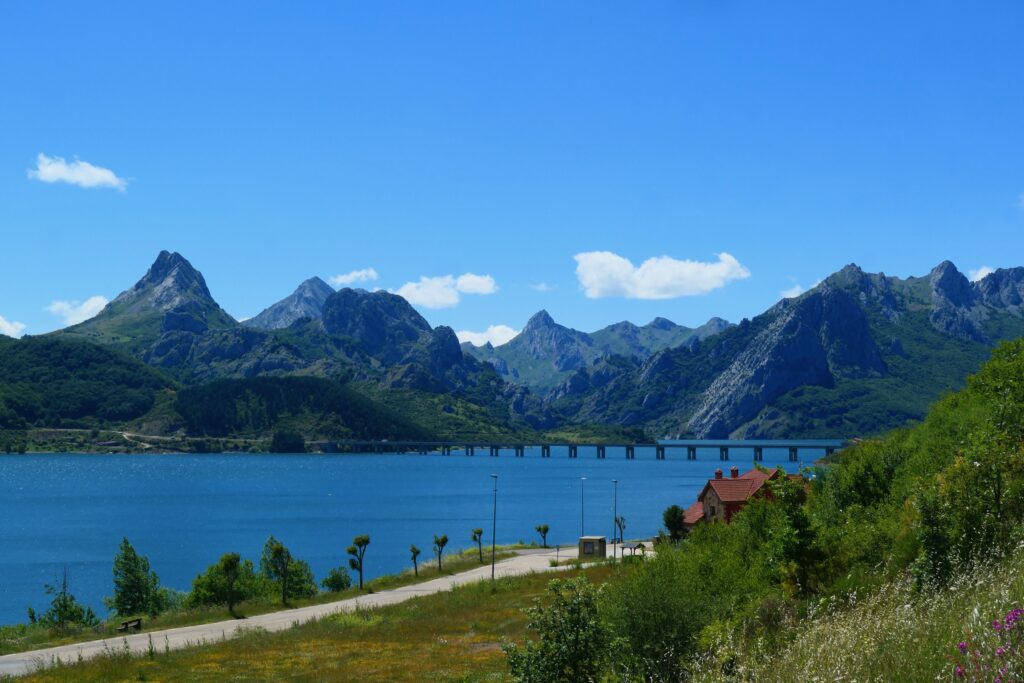
Montaña de Riaño y Mampodre
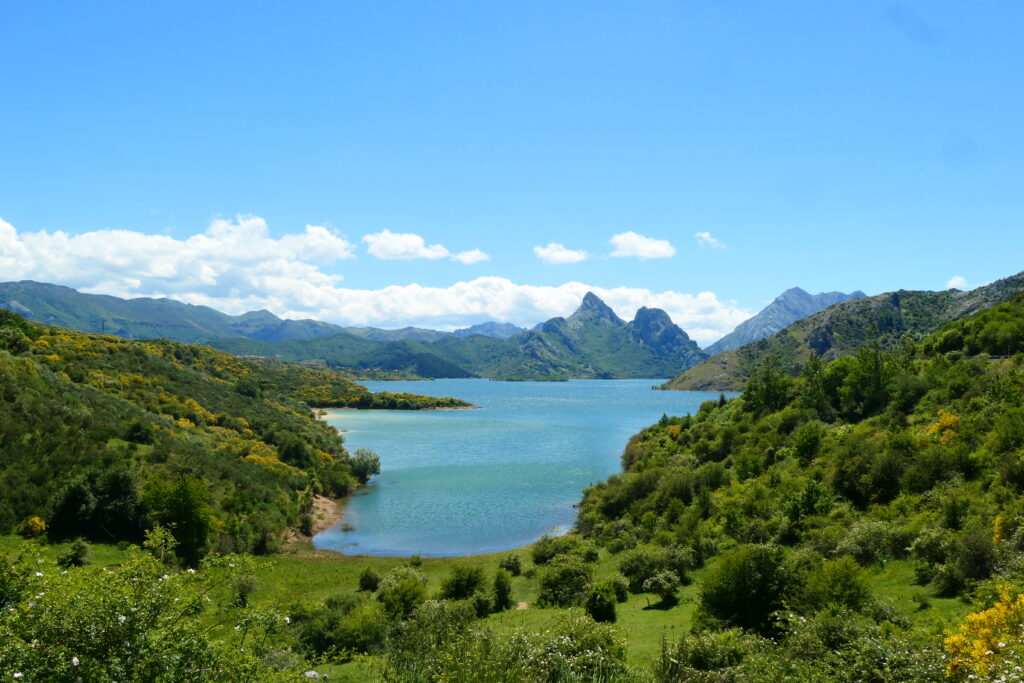
Montaña de Riaño y Mampodre
Oviedo
Oviedo is a lovely, not very touristy, relaxing city in Asturias in northern Spain, near to the coast. In the main, it’s not too hot in the summer (compared with central and southern Spain) whilst also experiencing mild winters. There are more than a hundred sculptures and statues within Oviedo city centre. The Formula One racing driver Fernando Alonso is also from Oviedo.
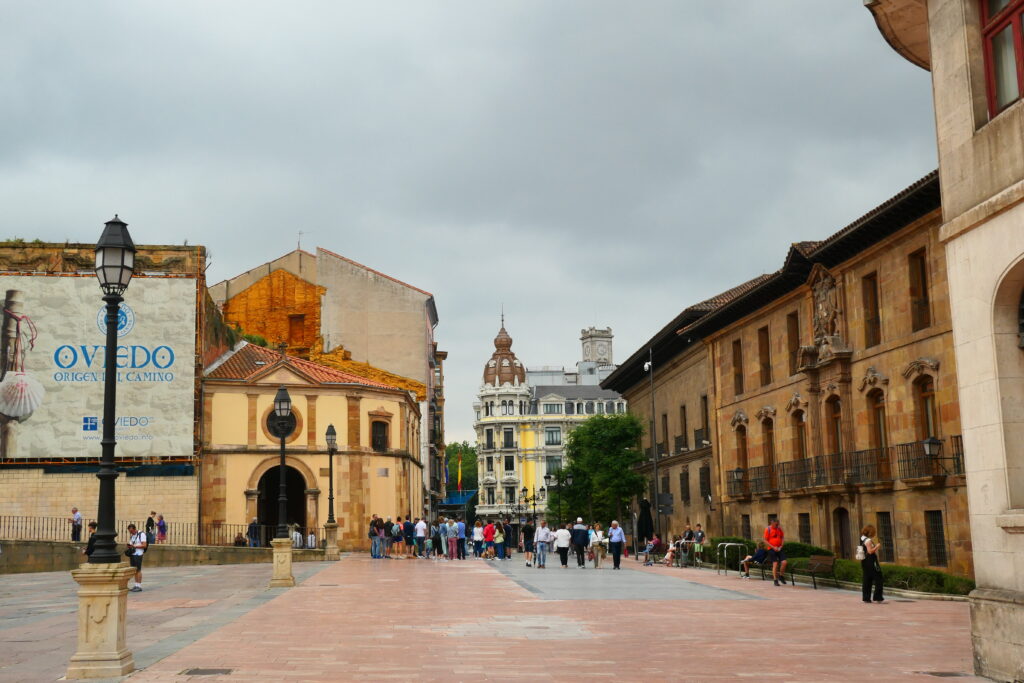
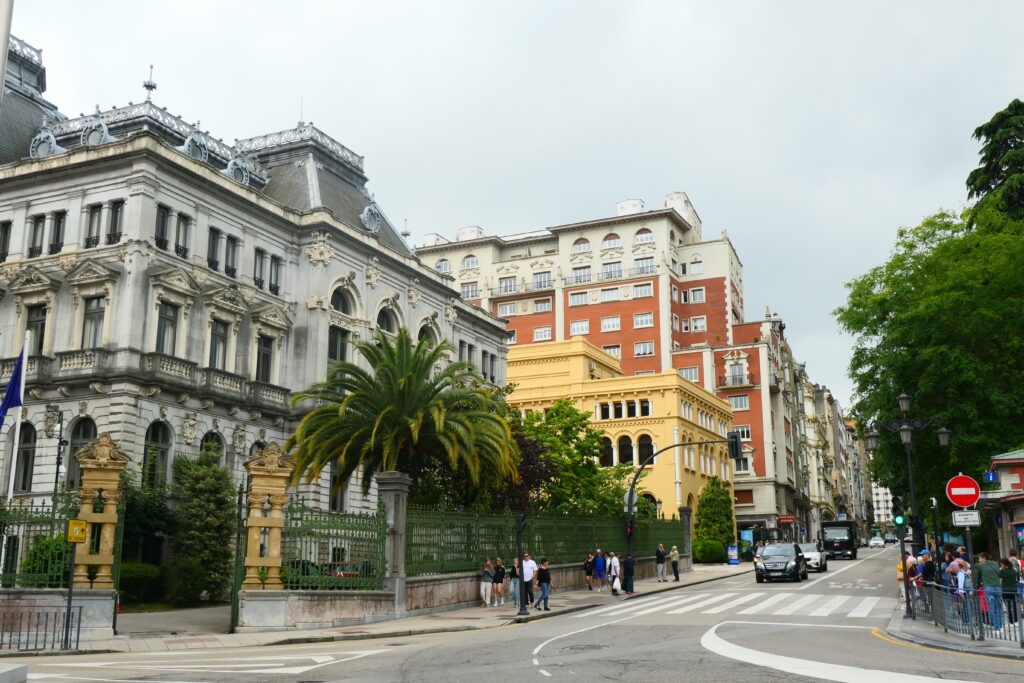

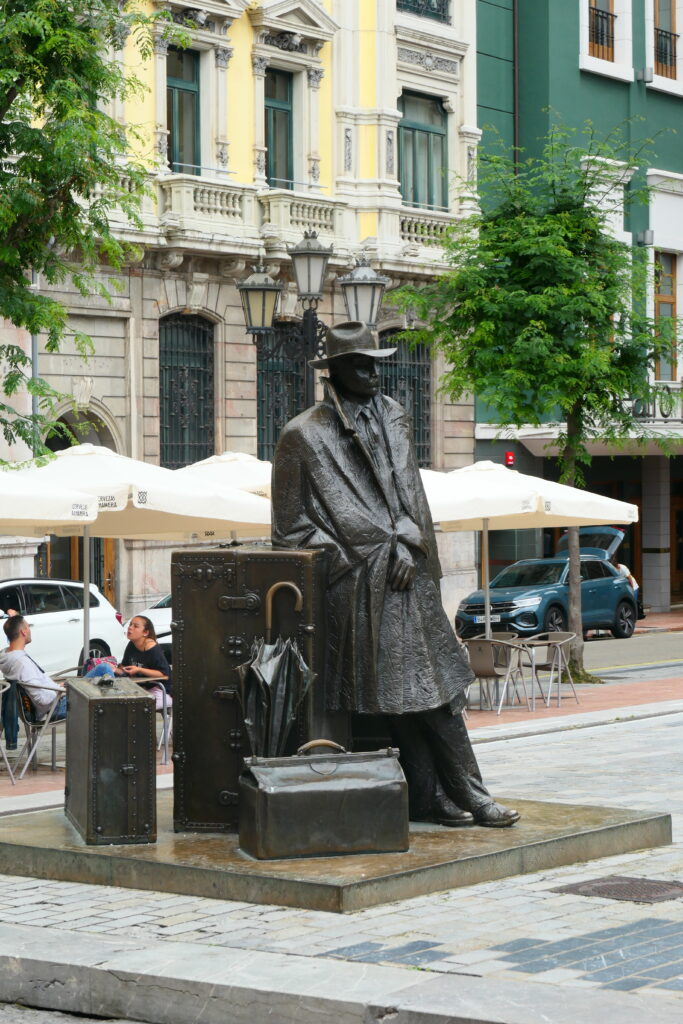
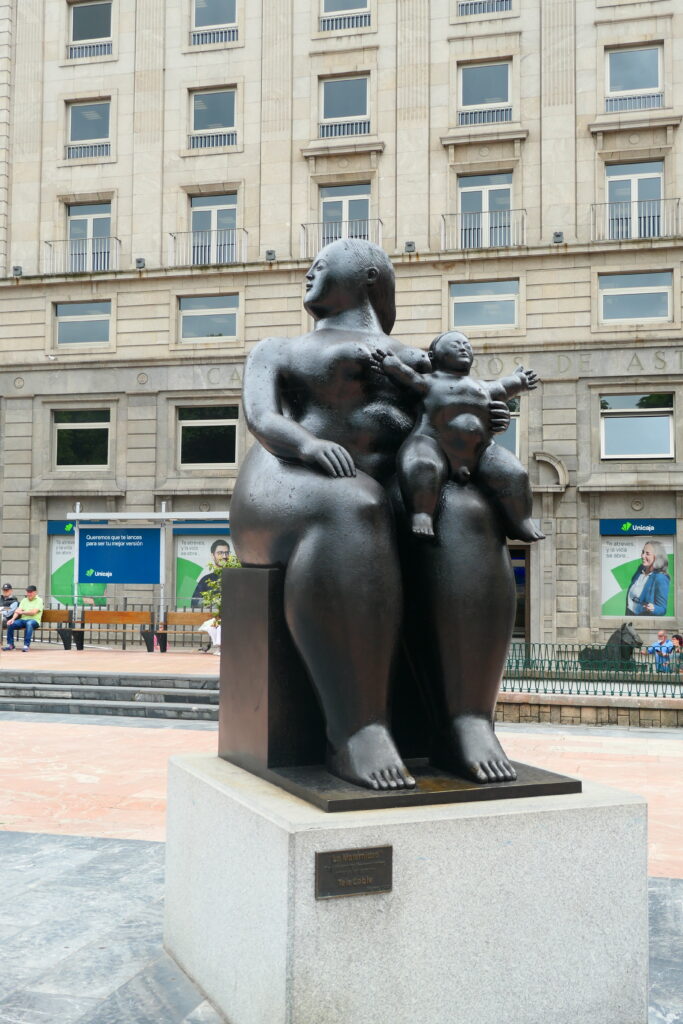

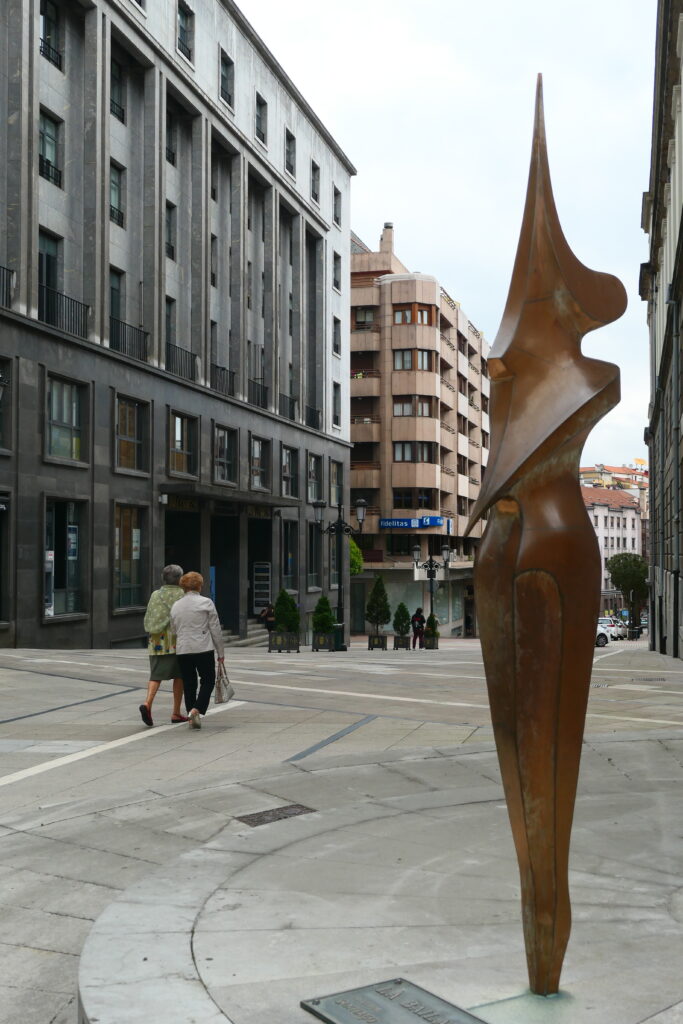
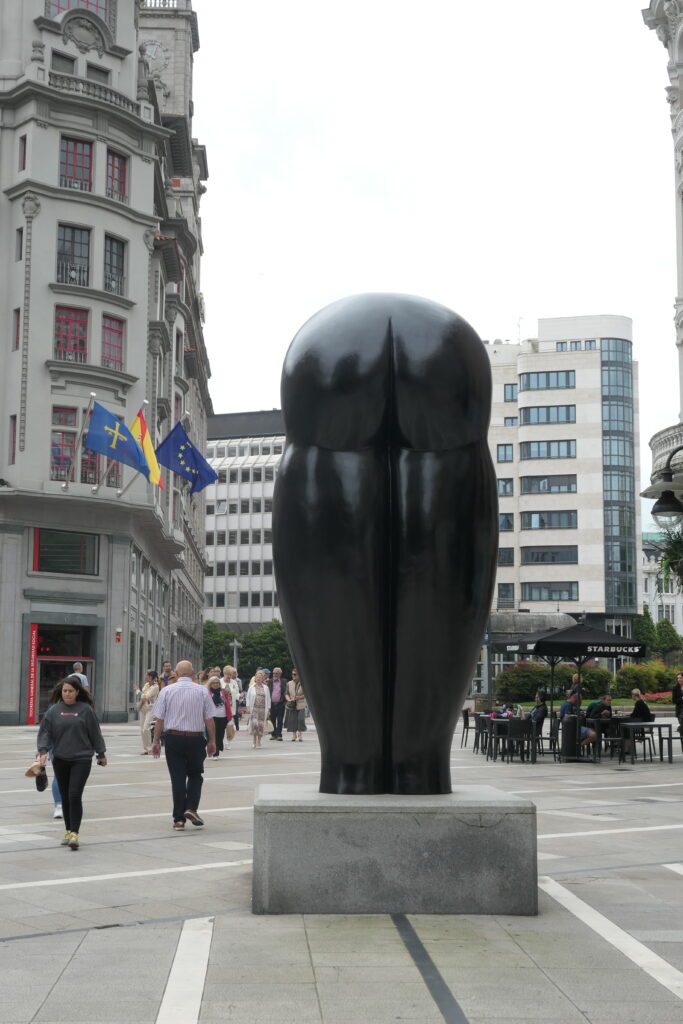
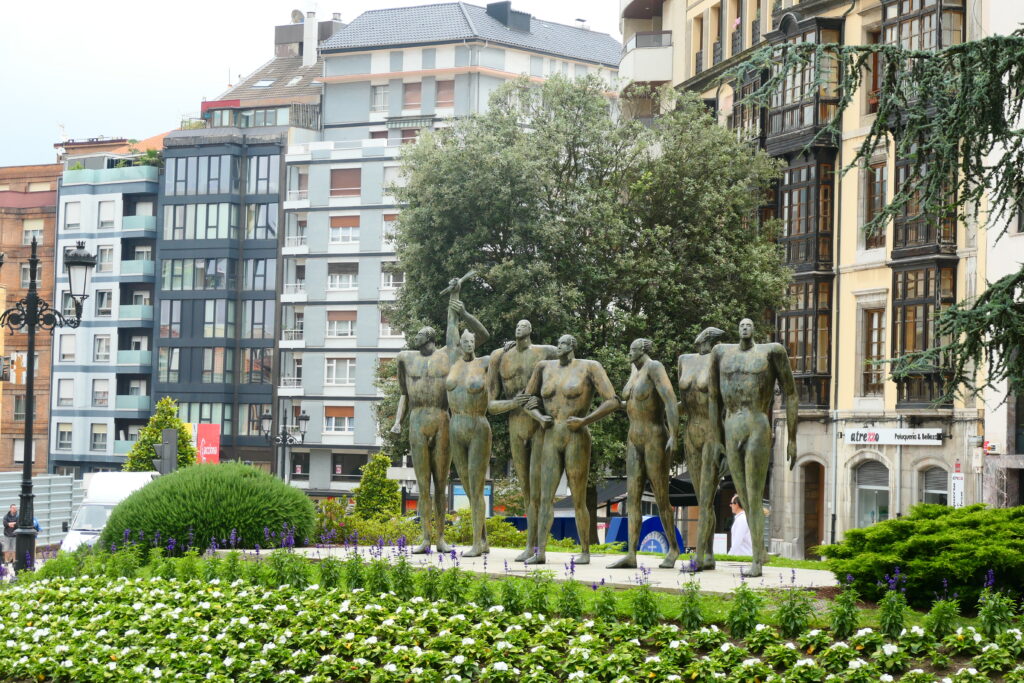

Pamplona
Pamplona a beautiful, ancient city in Navarre, northern Spain. Famous for the ‘running of the bulls’ during the Festival of San Fermín, it is a tourist hotspot that should not be missed. That said, it is also a place where pickpocketing is very common, so watch your valuables carefully!
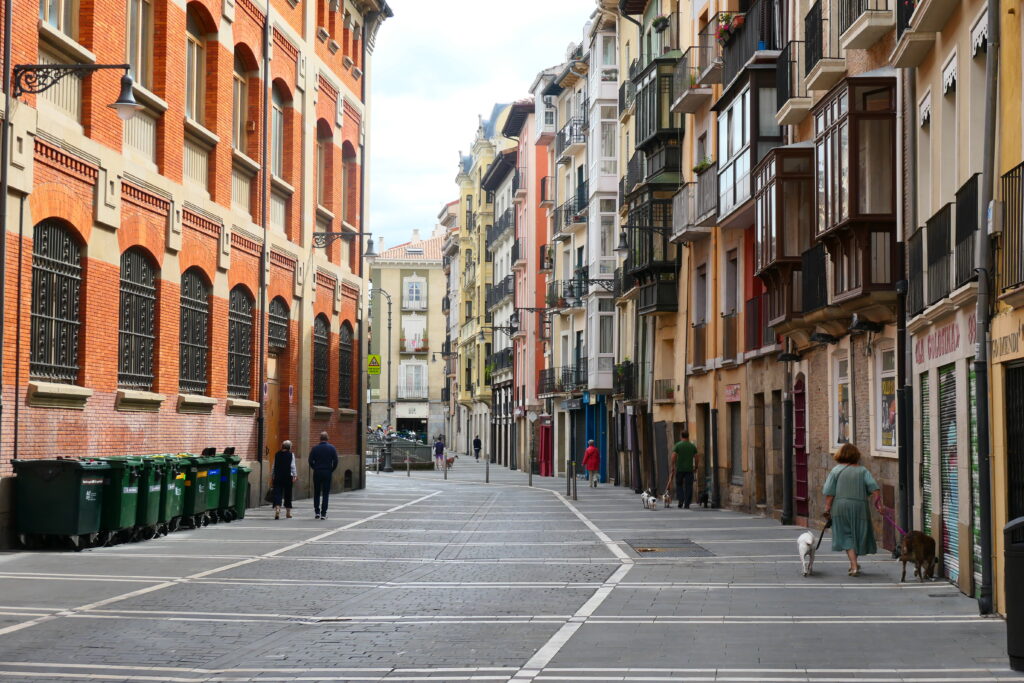
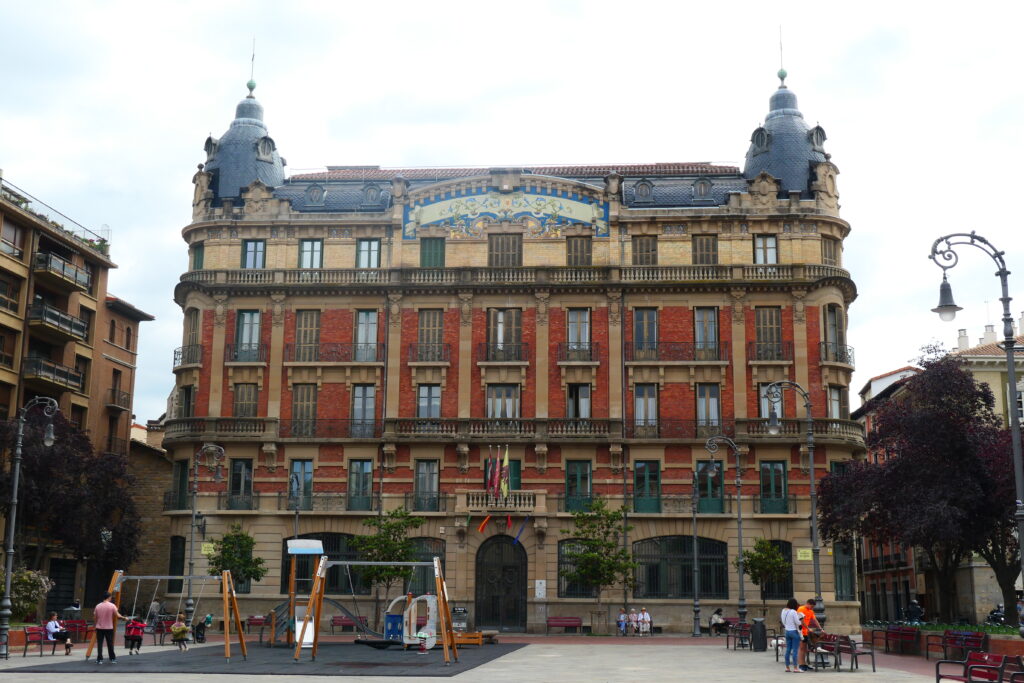
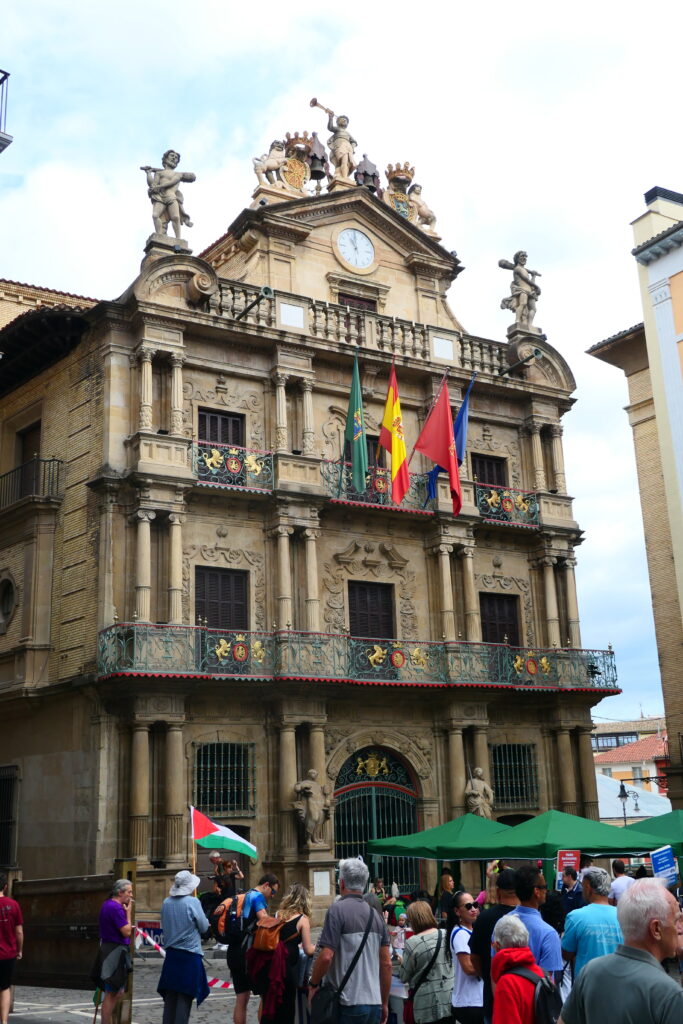
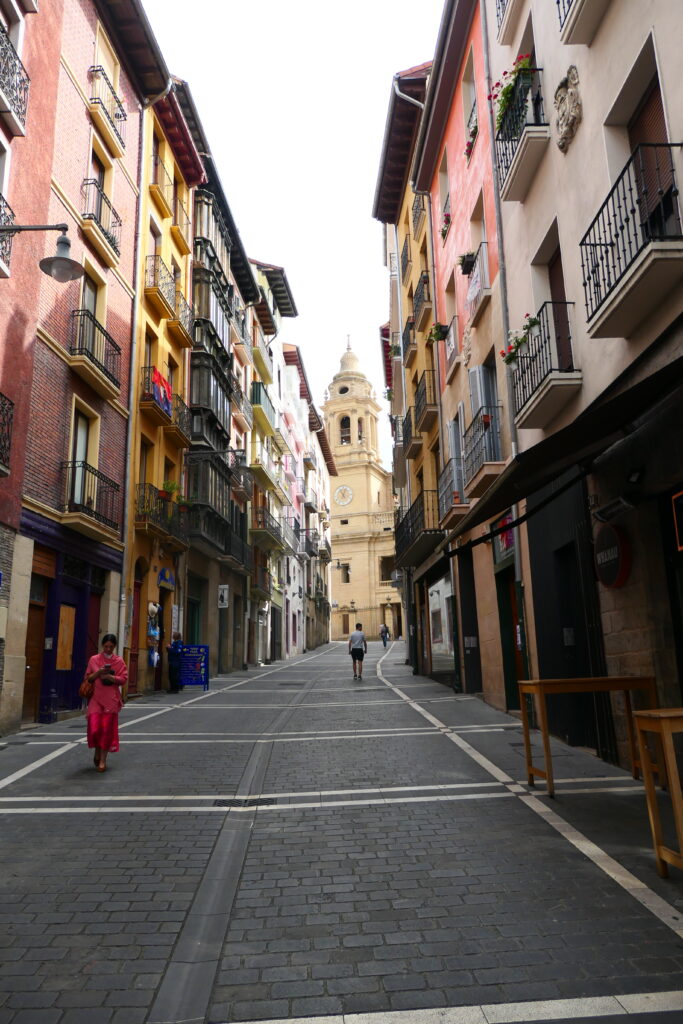
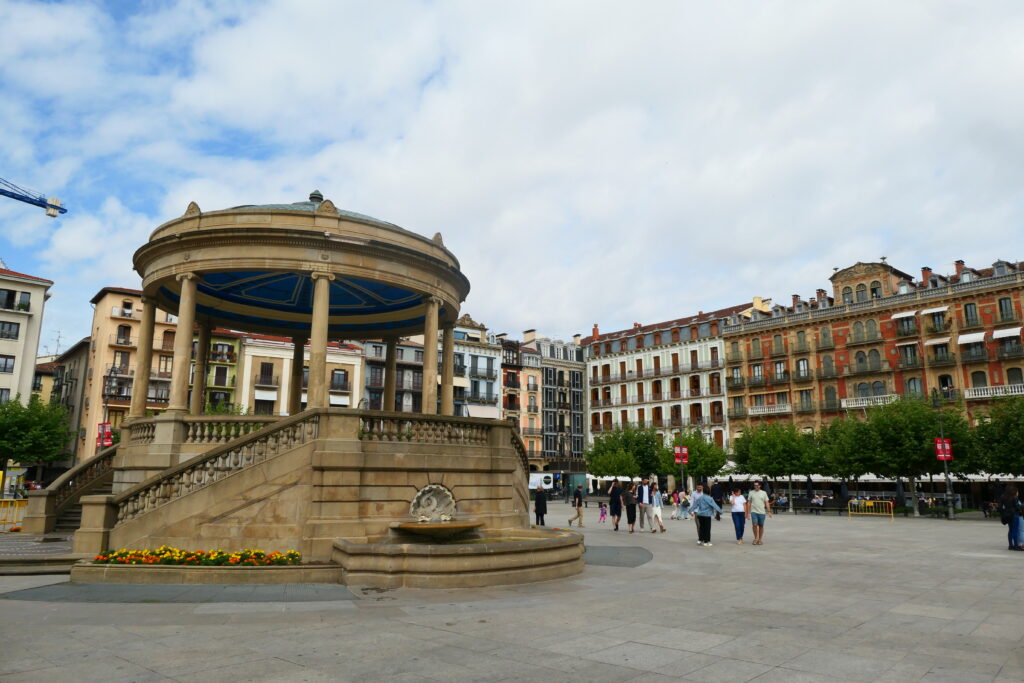

Picos de Europa
The Picos de Europa is a national park in northern Spain that’s located within the Asturias, Cantabria and Castile and León regions. The Torre Cerredo is the highest peak, at 8,690ft (2,650m) above sea level.

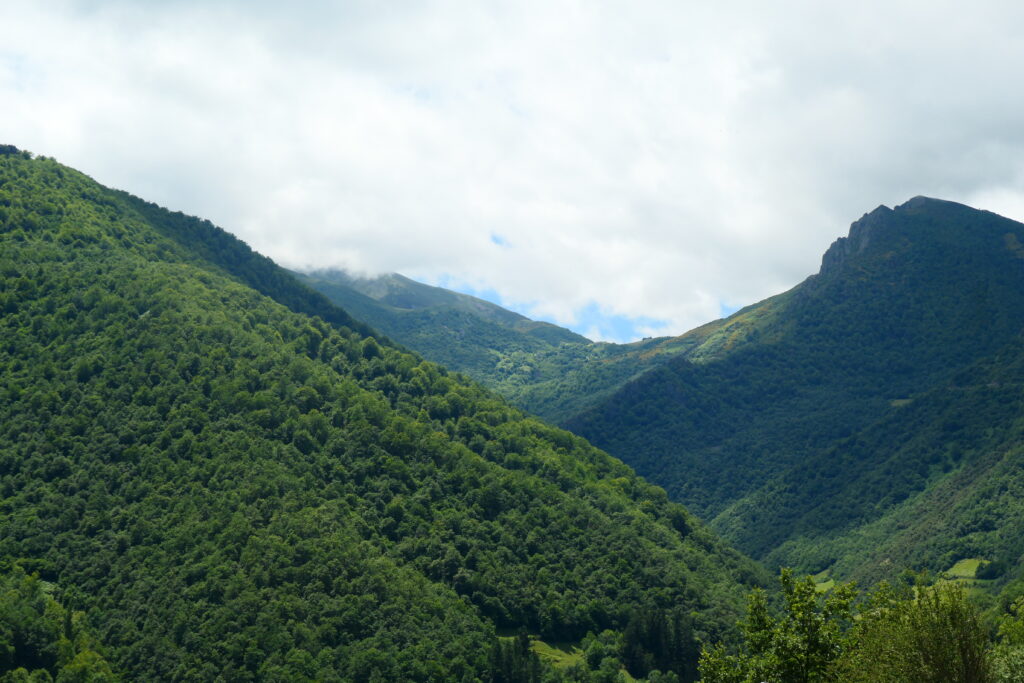
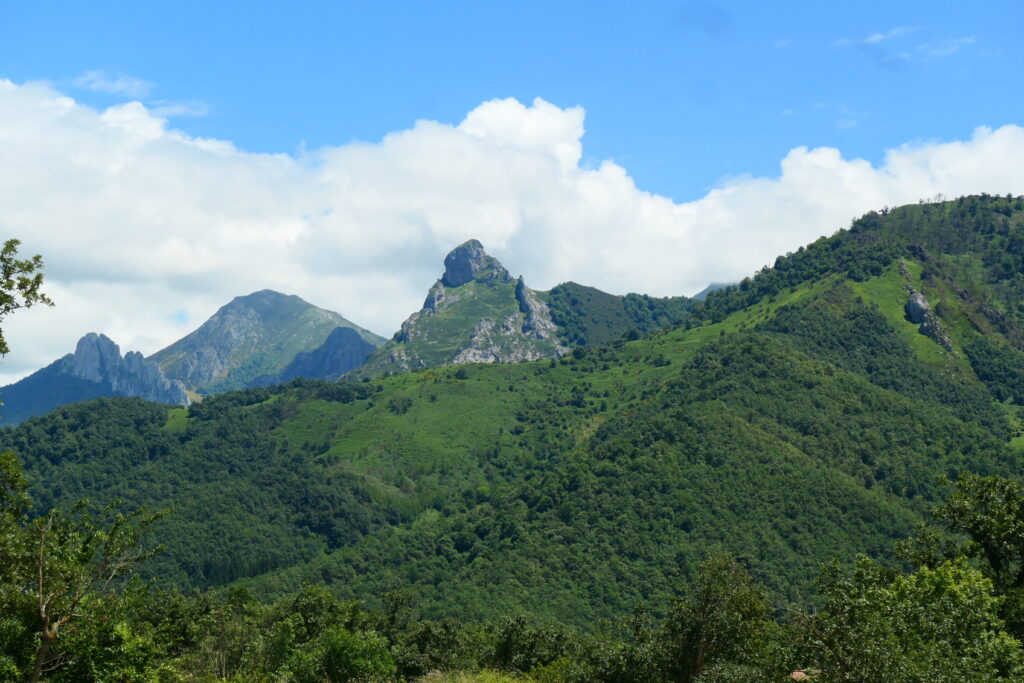

Santiago de Compostela
Santiago de Compostela is an amazing and totally relaxing small city, located in Galicia in north west Spain. It os the end point for the catholic pilgrimage route, the Camino de Santiago, and as such is full of very happy people 🙂
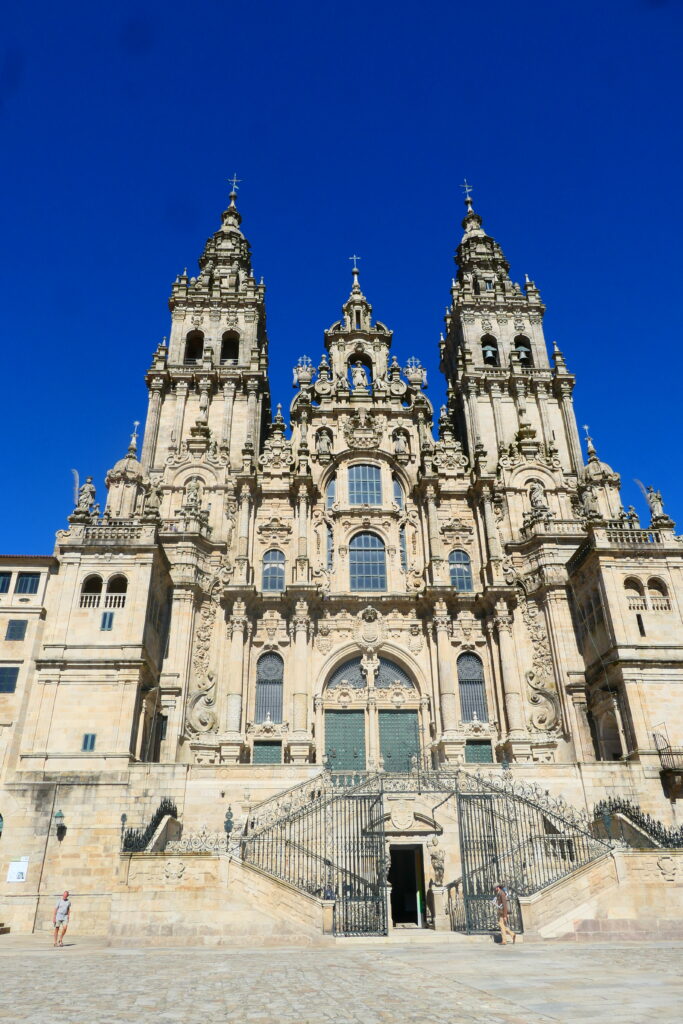
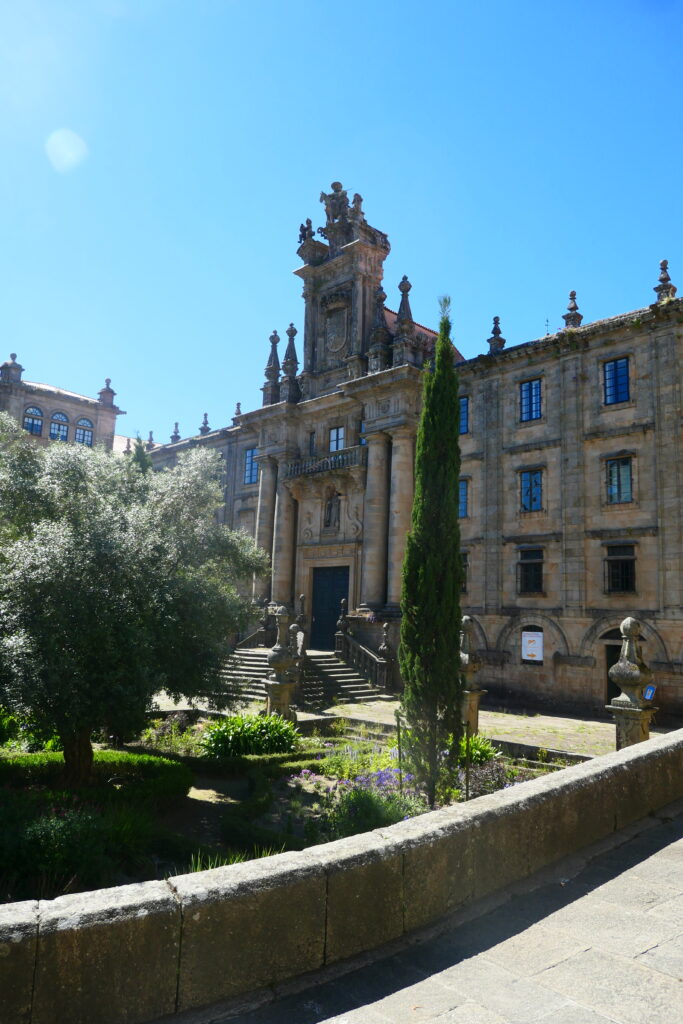
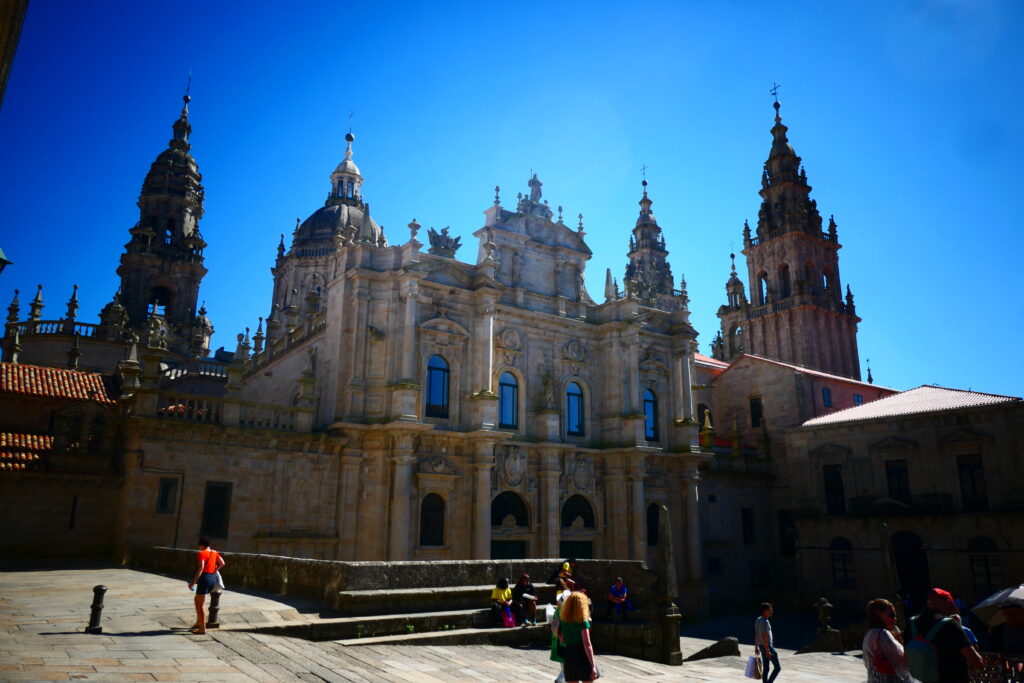
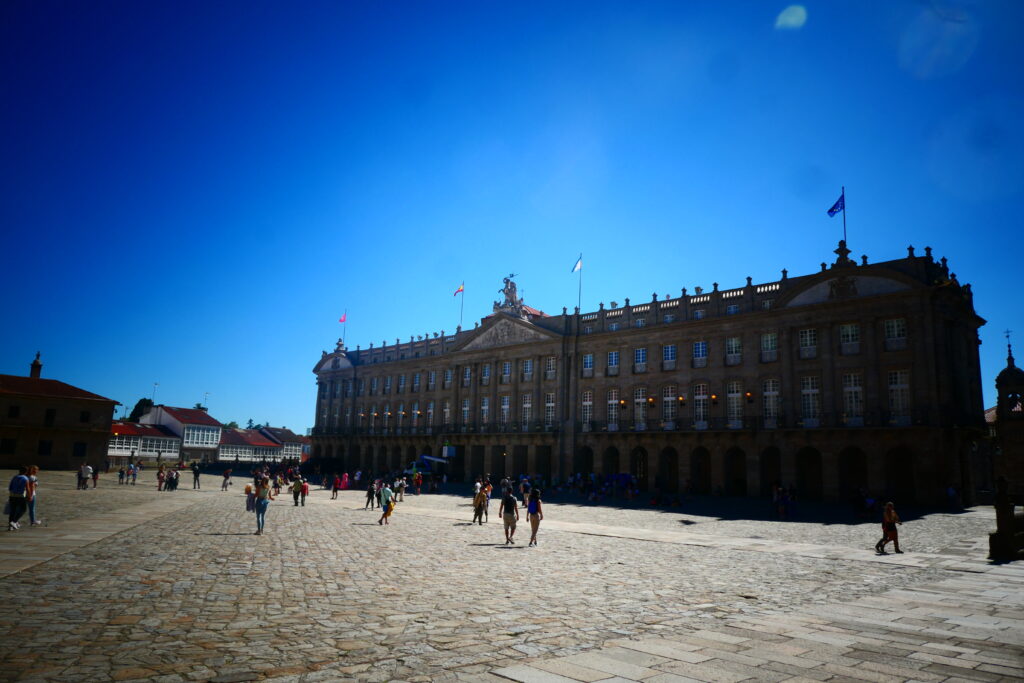
San Vicente de la Barquera
San Vicente de la Barquera is a small and pretty coastal town in northern Spain. The town was declared to be of Cultural Interest in 1987 due to the church of Santa María de los Ángeles, built between the 13th and 16th centuries and the castle. The Maza bridge, with its 28 arches, was built in the 16th century. There’s also several great beaches and a beautiful estuary.

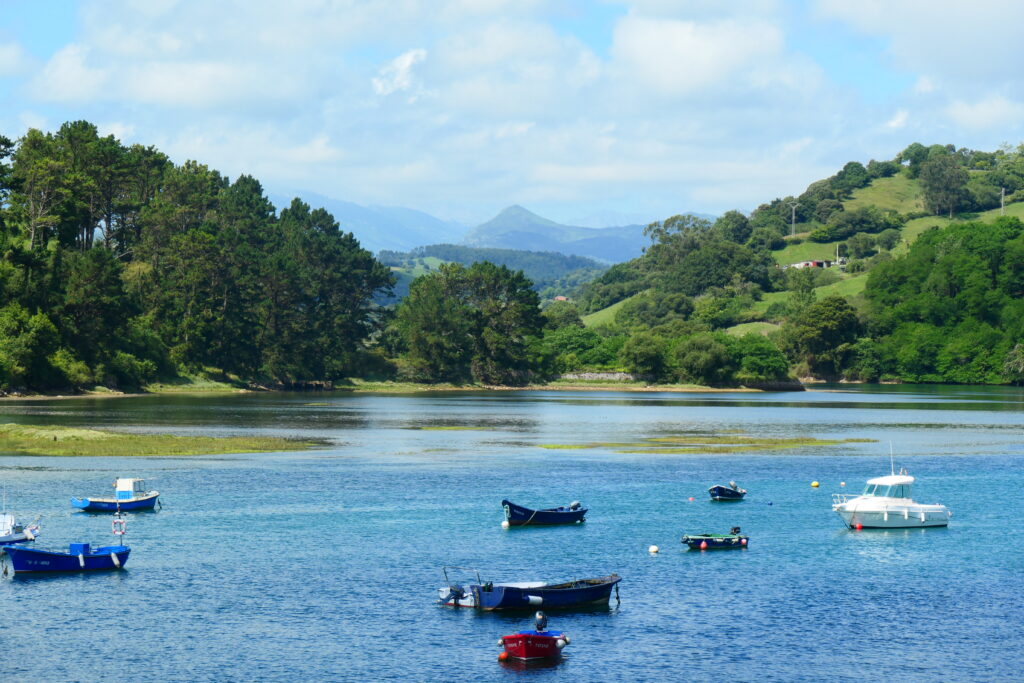
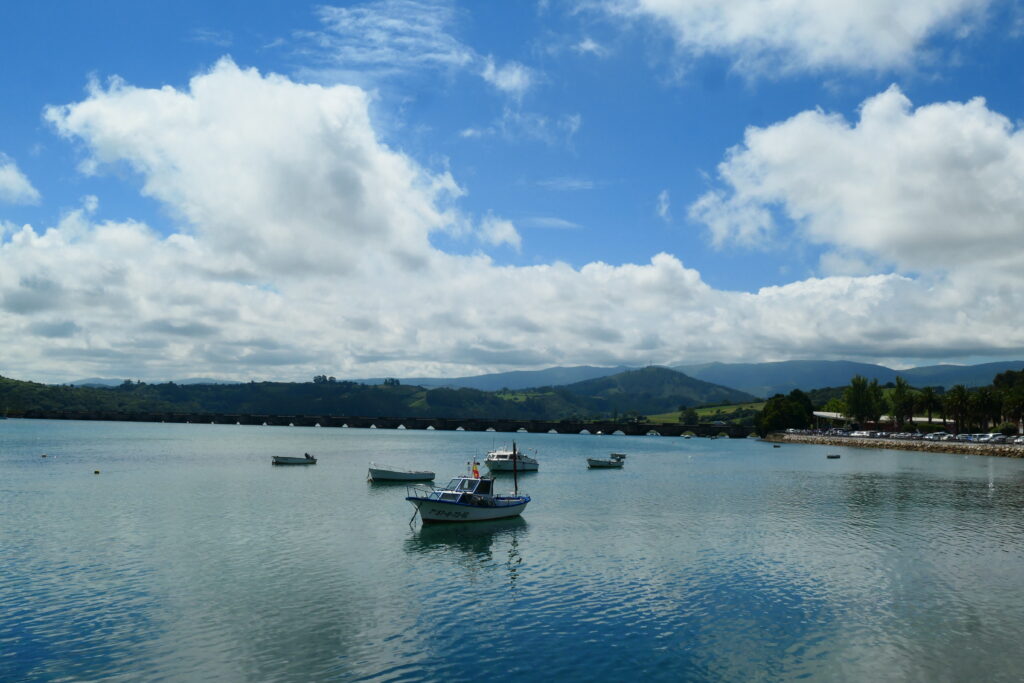
Sierra de Peña Sagra & the Gorge of La Hermida
Sierra de Peña Sagra is one of the many national parks in beautiful northern Spain. It is located entirely within Cantabria and is a special protection area for birds. The Cornón (Horn) of Peña Sagra is the highest elevation in this mountain range, at 6,720ft (2,048 m) above sea level.
The Gorge of La Hermida is a set of narrow gorges located between Cantabria and Asturias, which lie between large, almost vertical walls of limestone rock, some of which are more than 1970ft (600m) in height. At 13.7 miles (22km) in length, it is the longest gorge in Spain.

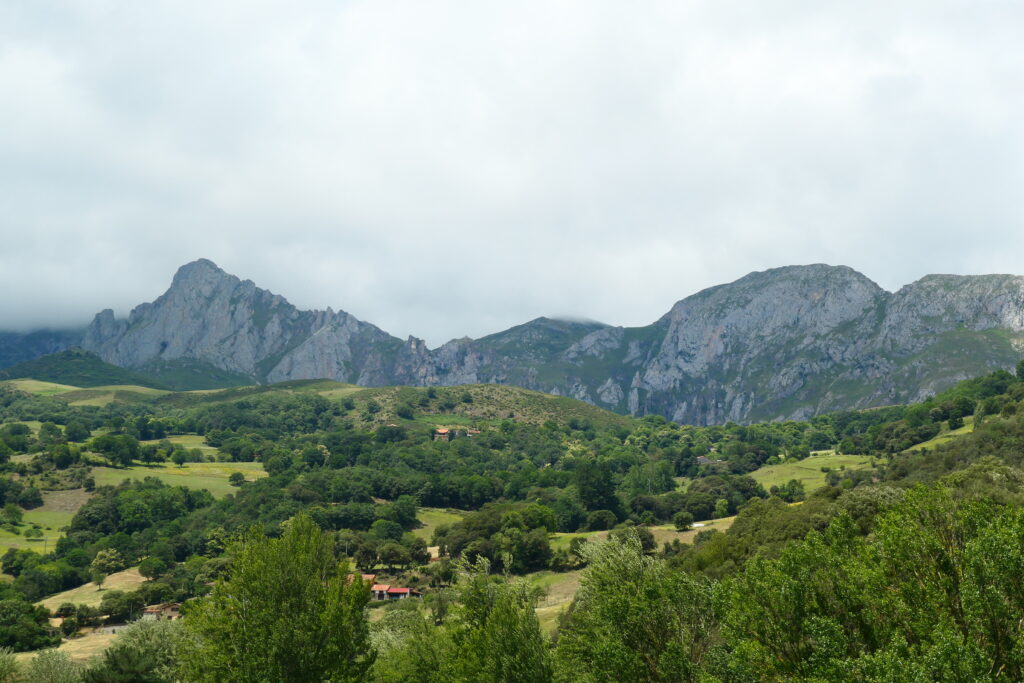
the Sierra de Peña Sagra national park
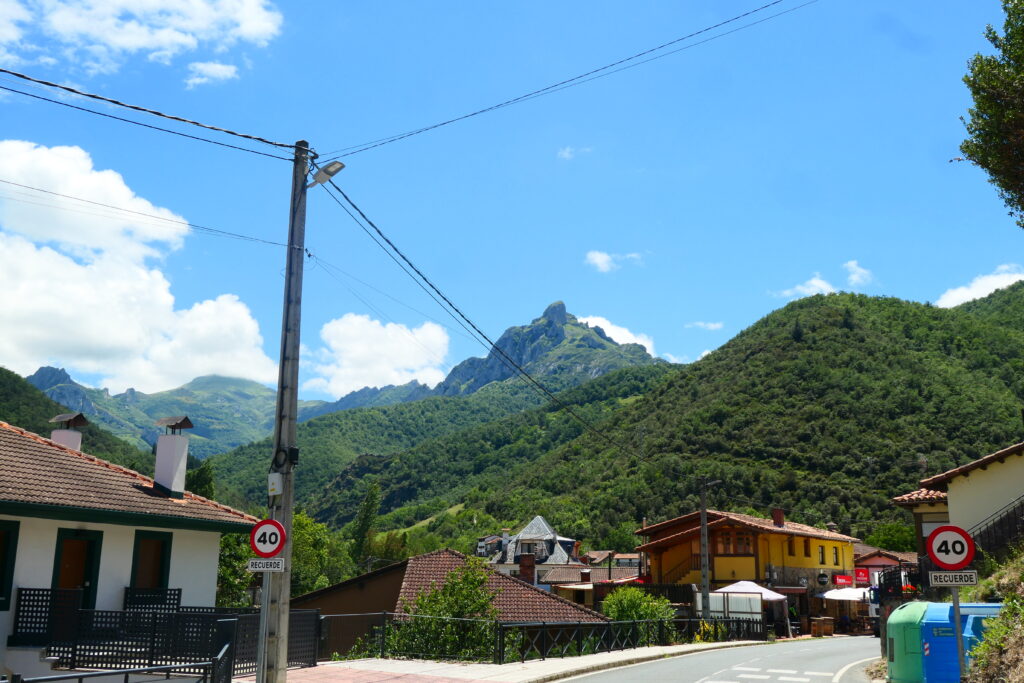
Somiedo Natural Park
The Somiedo Natural Park was declared a Biosphere Reserve in 2000. There are five valleys and five rivers, covering an area of 109 square miles (283 square km). It is one of the most rugged landscapes in Asturias, ranging from 1,312ft (400m) to 7,218ft (2,200m).


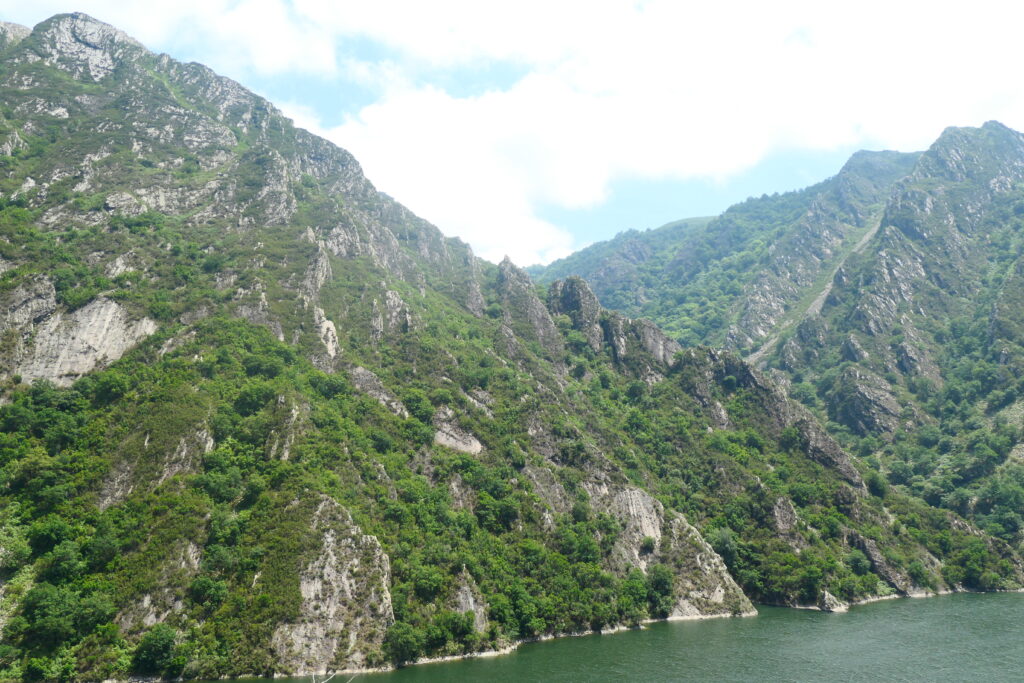
The Canary Islands – Islas Canarias
The Canary Islands are an archpelago situated in the North Atlantic Ocean about 62 miles west of Morocco. If you’ve never been, and you love driving on lazy coastal roads taking in incredible views of volcanos, you should definitely consider it. The islands are an autonomous region of Spain, and sit within Macronesia.
There are seven main islands: (from largest to smallest in area) Tenerife, Fuerteventura, Gran Canaria, Lanzarote, La Palma, La Gomera, and El Hierro. We’ve been to the largest five, and can honestly say that each is very different. There really is something for everyone, and although some areas attract very high levels of tourism, others can be oases of tranquility.

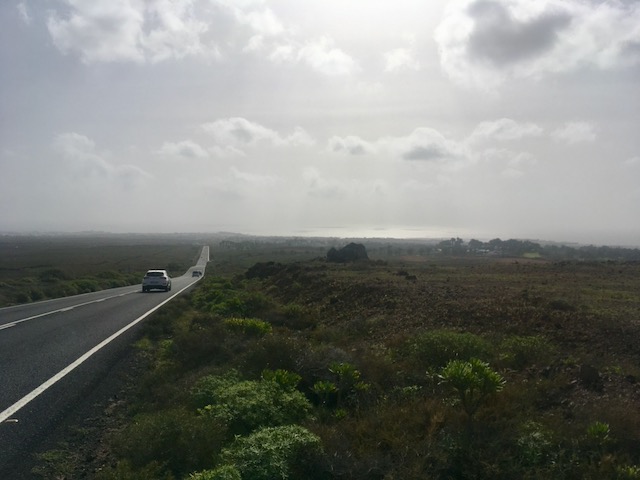
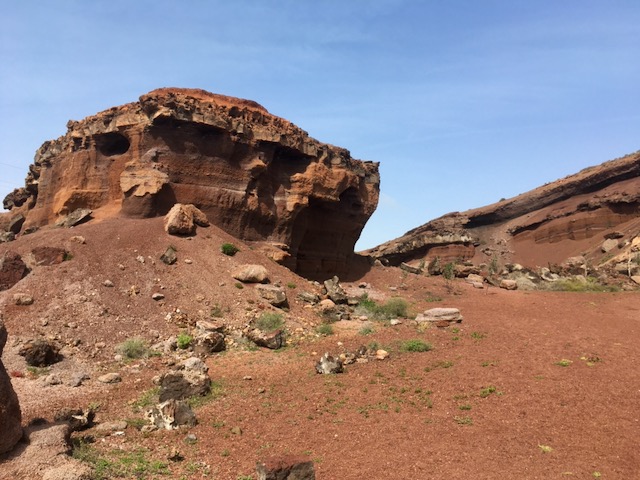

What’s it like to drive in Spain?
As with almost everywhere on the continent of Europe, they drive on the right hand side of the road in Spain.
For the most part driving in Spain is a fairly laid-back affair due to the amount of traffic between most towns and cities being quite low compared with life in the UK. They are certainly more relaxed than the French, by comparison.
Like all major cities, traffic in the larger cities can be a hassle with lots of traffic jams. That said, drivers are no more aggressive than the UK, despite the searing mid-summer heat, and road signage is pretty decent.
We also noticed that the Spanish build roads at quite an incredible speed compared with the UK. Perhaps this is due to the speed with which materials harden in the sun 😉
Do you require an international driving permit in Spain?
We’ve created a dedicated page to driving abroad, which answers this question, and more, which you might find helpful.
Can you use your UK driving license when driving through Spain?
We’ve created a dedicated page to driving abroad, which answers this question, and more, which you might find helpful.
Do I need a carnet de passages to drive in Spain?
We’ve created a dedicated page to driving abroad, which answers this question, and more, which you might find helpful.
What are the speed limits in Spain?
The speed limits for cars in Spain are:
- 15 mph (20 km/h) for urban driving
- 30 mph (50 km/h) outside of built up areas
- 45 mph (90 km/h) on dual carriageways
- 75 mph (120 km/h) on motorways
What currency do they use in Spain?
In Spain they use the Euro. The use of credit / debit cards is now widespread. ApplePay is widely accepted in petrol stations and most stores in major towns. Travellers cheques are accepted. There are lots of ATMs.
You should make yourself aware of the amount that your bank charges you for using credit and debit cards abroad. Often credit cards are cheaper for purchasing items directly, and for withdrawing cash from ATMs.
What language do they speak in Spain?
They speak Spanish in Spain, although many also speak English and French, and to a lesser degree German.
What time zone is Spain in?
Remember, when you’re planning your next trip to take a look at what time zone it’s in.
Do I need a visa to visit Spain?
We’ve created a dedicated, more comprehensive page on visas, which you should find helpful. Check it out!
Is wild camping legal in Spain?
No, wild camping is mostly illegal in Spain.
What plug / socket type do they use in Spain?

In Spain they use plug / socket type F.
Health issues in Spain
Is it safe to drink water in Spain?
Yes, it is safe to drink tap water in Spain. Bottled water is also readily available across the country.
What vaccinations are required for Spain?
This NHS website is kept up to date with all relevant information on vaccinations in Spain.
Phones in Spain
What is the country calling code for Spain?
The country calling code for Spain is +34
What are the emergency phone numbers in Spain?
- The emergency number for police in Spain is: 112
- In Spain, the emergency number for ambulance is: 112
- The emergency number for fire in Spain is: 112
If you’ve got some useful info that you’d like to share, let us know!
And don’t forget to check out all the other pictures!
